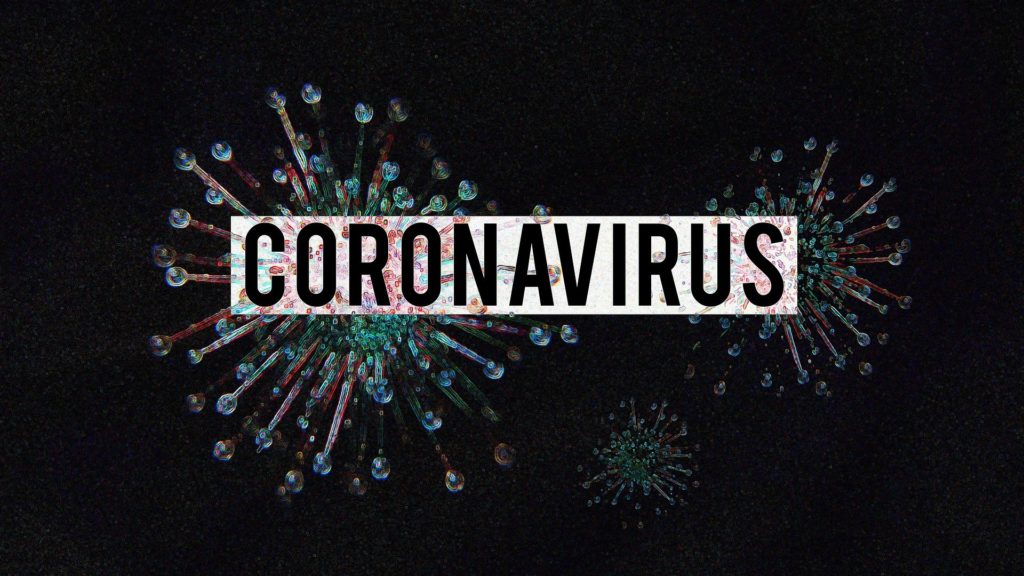According to the WHO Interim guidance ‘Clinical Management of severe acute respiratory infection (SARI) when COVID 19 disease is suspected. (13/03/20)
Management of mild COVID-19: symptomatic treatment and monitoring
- Patients with mild disease do not require hospital interventions, but isolation is necessary to contain virus transmission and will depend on national strategy and resources.
- Provide patients with mild COVID-19 with symptomatic treatment such as antipyretics for fever.
- Counsel patients with mild COVID-19 about signs and symptoms of complicated disease. If they develop any of these symptoms, they should seek urgent care through national referral systems.
Management of severe COVID-19: oxygen therapy and monitoring
- Give supplemental oxygen therapy immediately to patients with SARI and respiratory distress, hypoxaemia or shock and target SpO2 > 94%.
- Closely monitor patients with COVID-19 for signs of clinical deterioration, such as rapidly progressive respiratory failure and sepsis and respond immediately with supportive care interventions.
- Understand the patient’s co-morbid condition(s) to tailor the management of critical illness.
- Use conservative fluid management in patients with SARI when there is no evidence of shock.
Management of severe COVID-19: treatment of co-infections
- Give empiric antimicrobials to treat all likely pathogens causing SARI and sepsis as soon as possible, within 1 hour of initial assessment for patients with sepsis.
- Empiric therapy should be de-escalated on the basis of microbiology results and clinical judgment.
Management of critical COVID-19: acute respiratory distress syndrome (ARDS)
- Recognize severe hypoxemic respiratory failure when a patient with respiratory distress is failing to respond to standard oxygen therapy and prepare to provide advanced oxygen/ventilatory support.
- Endotracheal intubation should be performed by a trained and experienced provider using airborne precautions.
The following recommendations pertain to mechanically ventilated adults and paediatric patients with ARDS. Implement mechanical ventilation using lower tidal volumes (4–8 mL/kg predicted body weight, PBW) and lower inspiratory pressures (plateau pressure < 30 cmH2O).
- In adult patients with severe ARDS, prone ventilation for 12–16 hours per day is recommended.
- Use a conservative fluid management strategy for ARDS patients without tissue hypoperfusion.
- In patients with moderate or severe ARDS, higher PEEP instead of lower PEEP is suggested.
- In patients with moderate-severe ARDS (PaO2/FiO2 < 150), neuromuscular blockade by continuous infusion should not be routinely used.
- Avoid disconnecting the patient from the ventilator, which results in loss of PEEP and atelectasis.
- Use in-line catheters for airway suctioning and clamp endotracheal tube when disconnection is required (for example, transfer to a transport ventilator).
The following recommendations pertain to adult and paediatric patients with ARDS who are treated with non-invasive or high-flow oxygen systems.
- High-flow nasal oxygen (HFNO) should be used only in selected patients with hypoxemic respiratory failure. Non-invasive ventilation (NIV) should be used only in selected patients with hypoxemic respiratory failure. Patients treated with either HFNO or NIV should be closely monitored for clinical deterioration.
The following recommendations pertain to adult and paediatric patients with ARDS in whom lung protective ventilation strategy fails.
- In settings with access to expertise in extracorporeal membrane oxygenation (ECMO), consider referral of patients who have refractory hypoxemia despite lung protective ventilation.
Link: https://webcache.googleusercontent.com/search?q=cache:ozsyhpBq5D8J:https://www.who.int/docs/default-source/coronaviruse/clinical-management-of-novel-cov.pdf%3Fsfvrsn%3Dbc7da517_10%26download%3Dtrue+&cd=4&hl=en&ct=clnk&gl=th


